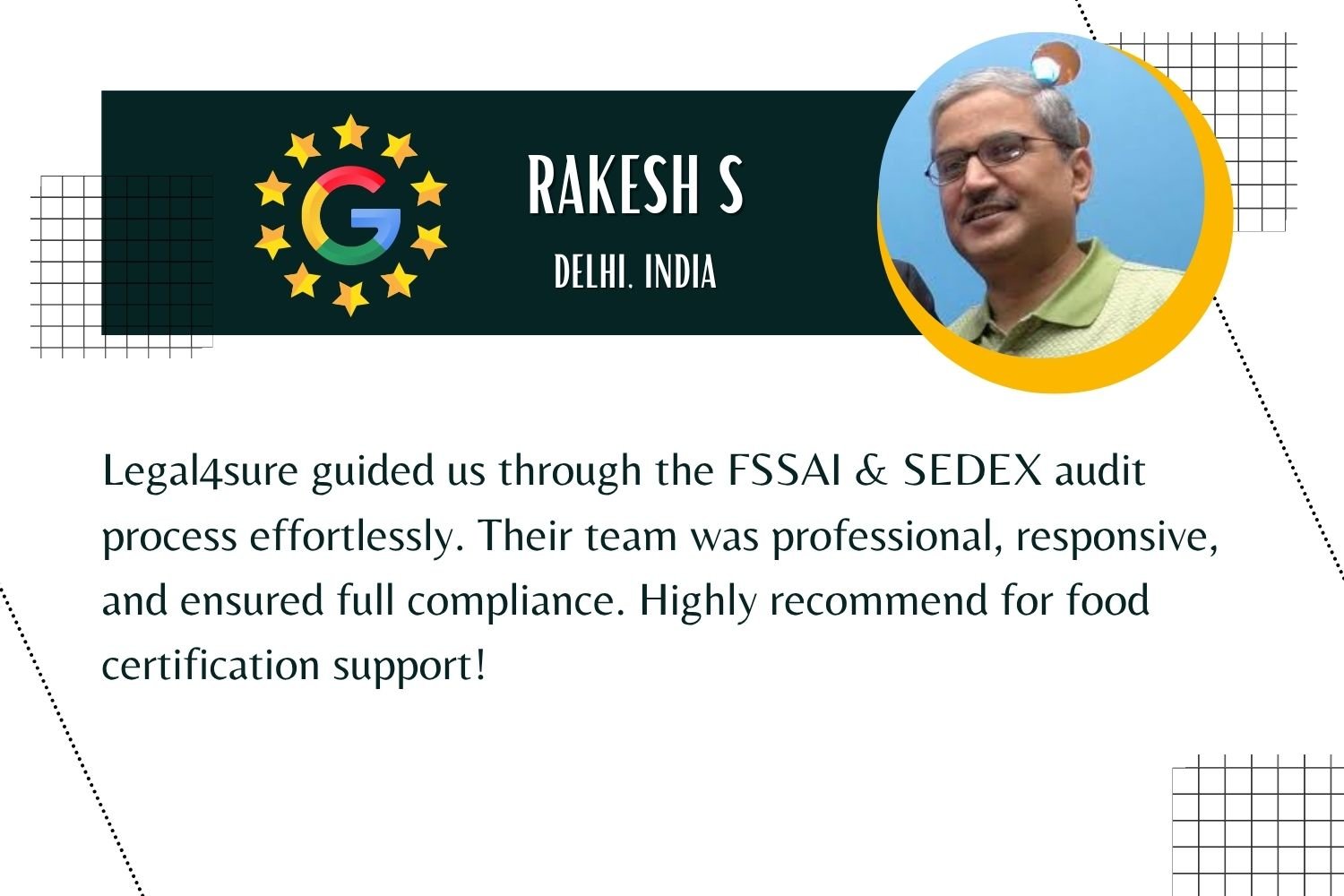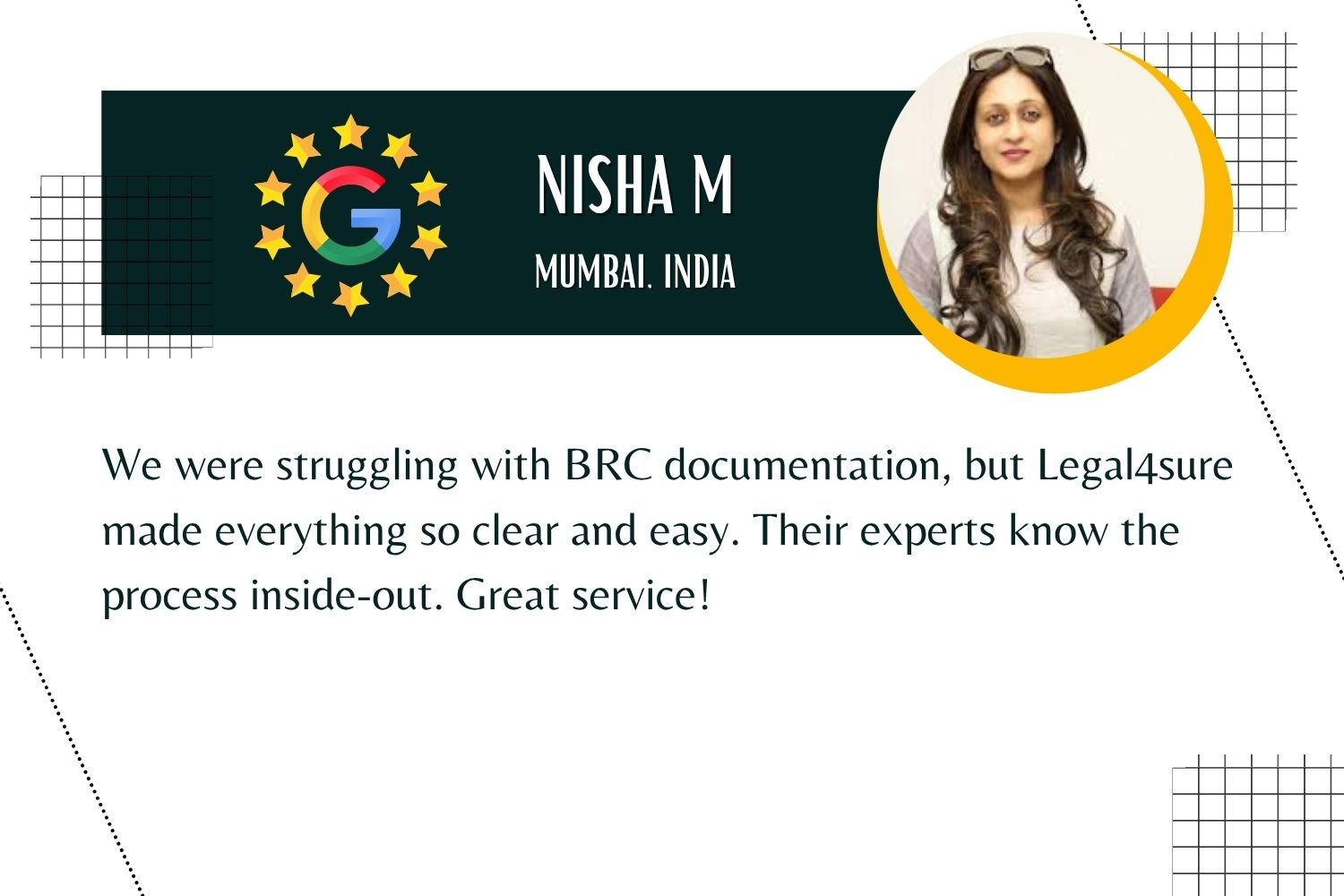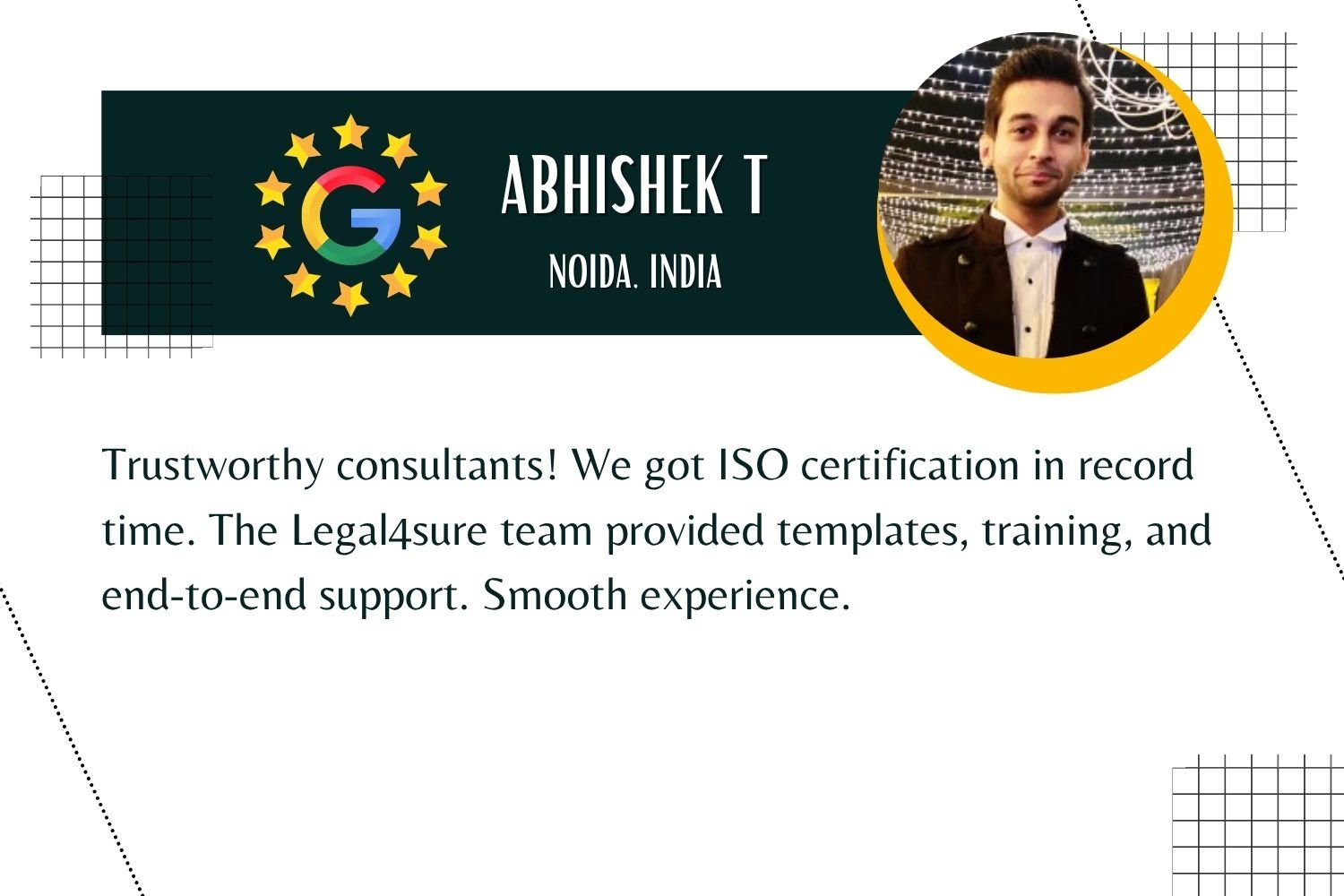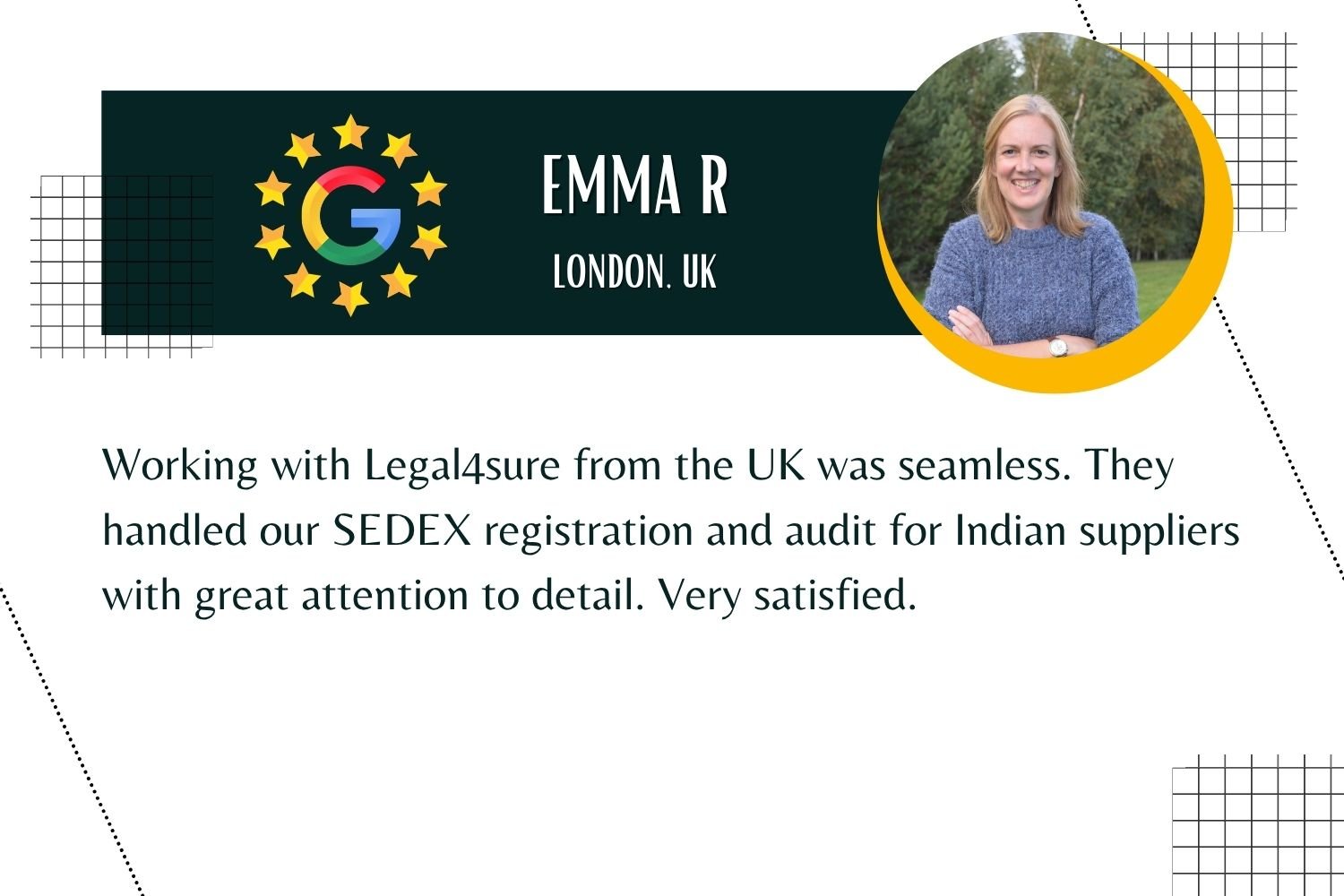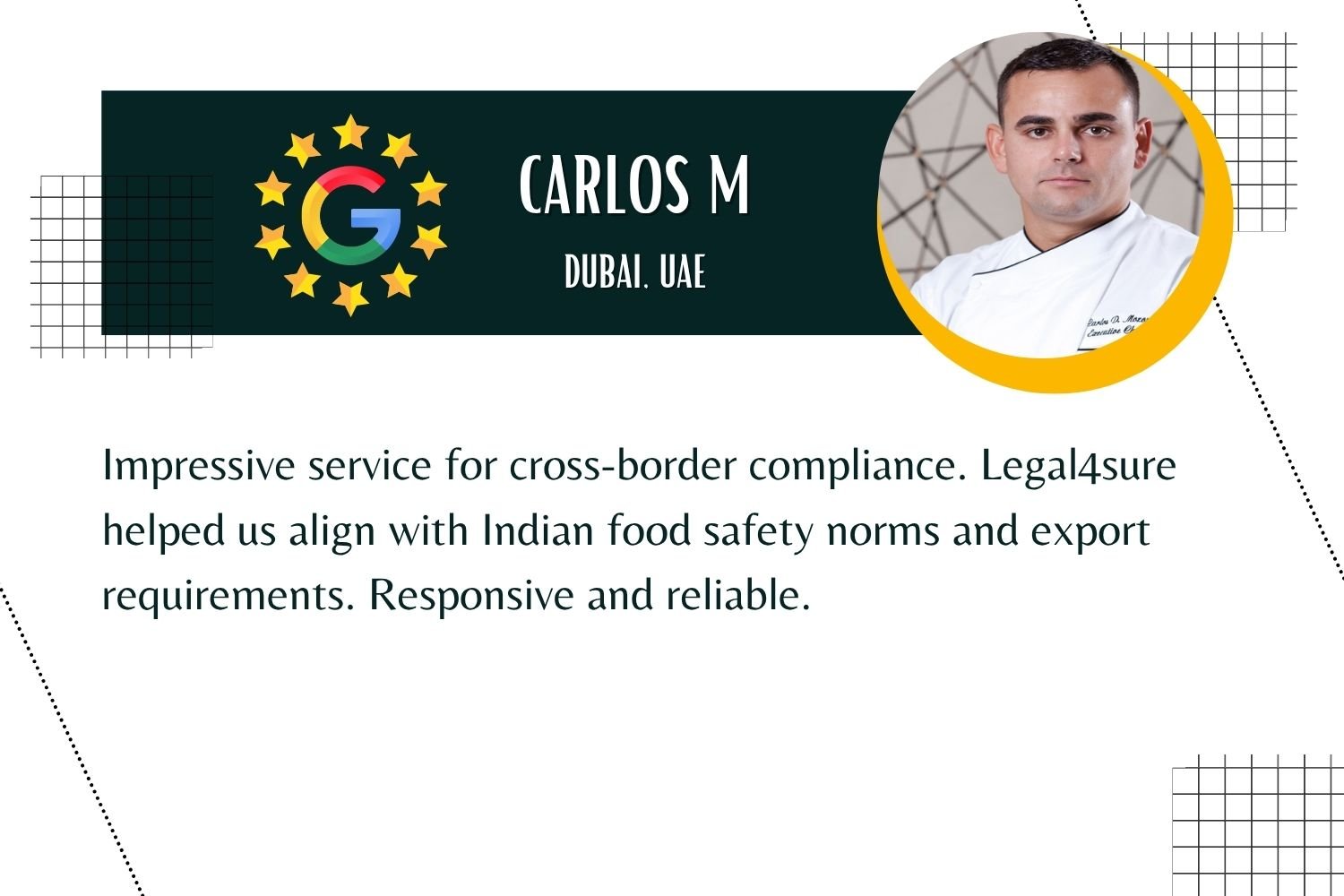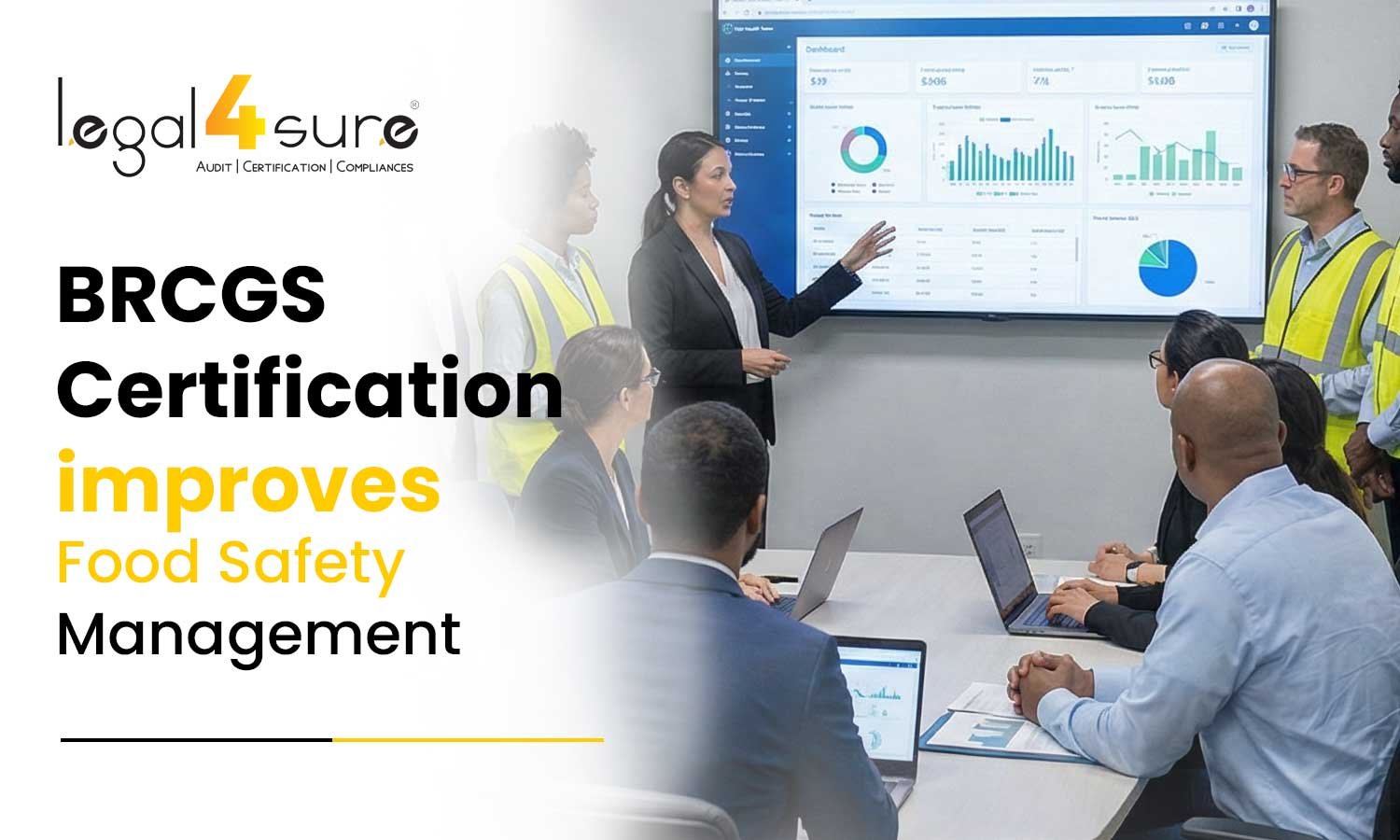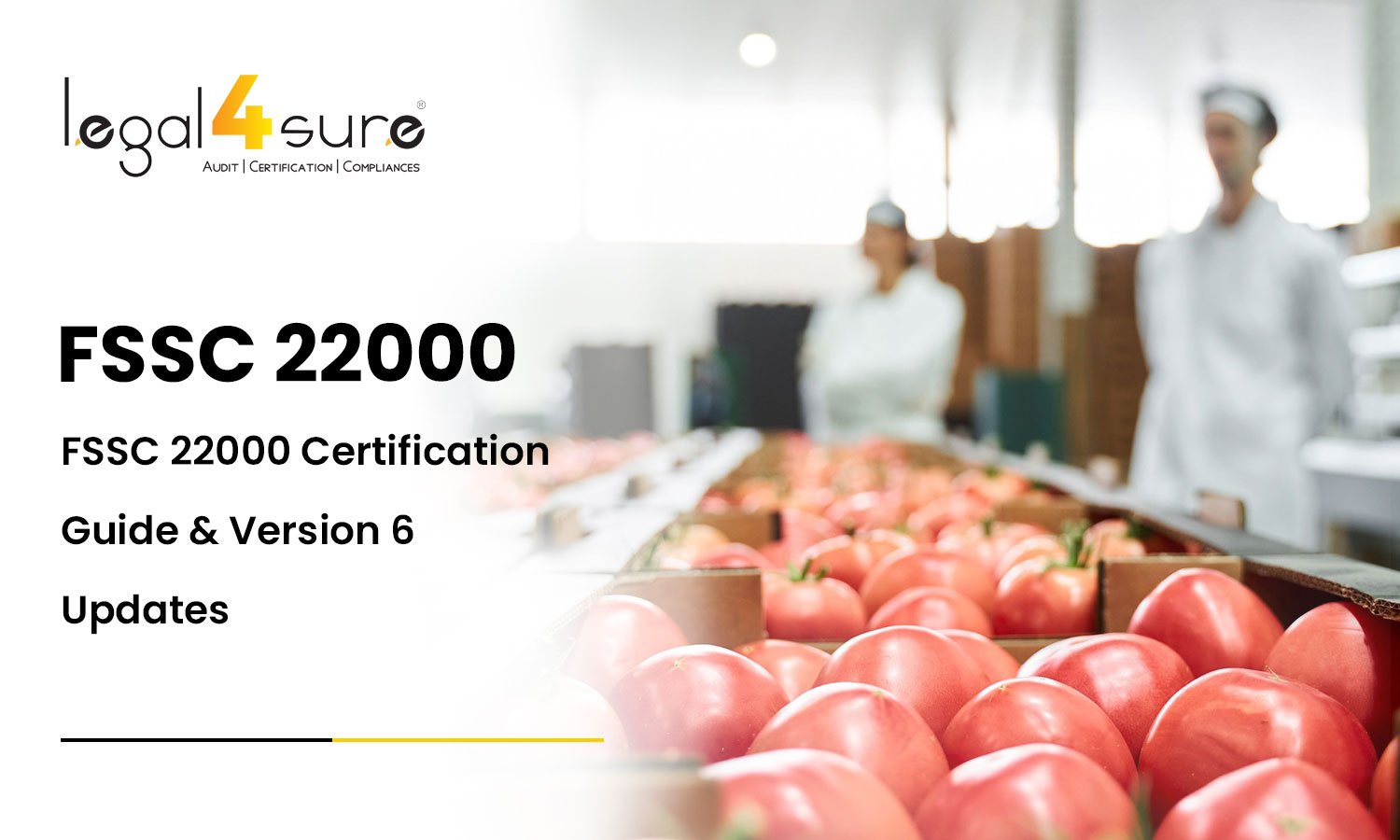The major concern for food companies is not merely passing inspections but also the possibility of overlooking something crucial. A serious food safety issue might result from even a minor error or missed risk. This is why your first line of defense is FSSC 22000 risk management, not merely a formality. Particularly about Critical Control Points (CCPs), it is quite important to detect and control risks before they worsen. In this blog, we will examine how to properly manage risks with assurance, control, and clarity.
Understanding FSSC 22000 Risk Management
The goal of risk management in FSSC 22000 is to identify potential food safety risks, assess their severity, and take preventive measures. Although it may seem straightforward, doing it well requires a trained staff, a practical, simple-to-follow system, and consistent, daily work.
Although it is based on ISO 22000, FSSC 22000 audit also has more regulations that are exclusive to the food industry. These contribute to the increased practicality of your food safety system in real-world scenarios. However, the most crucial aspect is how you use it on the shop floor, especially when identifying and managing Critical Control Points (CCPs). That’s where food safety truly comes to life.
What Are Critical Control Points in FSSC 22000
The particular stages in your procedure where you must use control to lower or eliminate food safety risks to an acceptable level are known as Critical Control Points (CCPs). They are non-negotiable. Ignoring them or getting them accidentally causes serious pollution. A Critical Control Point could be as straightforward as inspecting for metal, pasteurizing a product, or ensuring that food is properly cooked; all of these procedures contribute to the safety of what we consume. The key is comprehending the real crucial aspects, not merely the significant ones.
How to Determine Critical Control Points in FSSC 22000
The truth is that not every risk doesn’t calls for a CCP. Many of them can be controlled by means of operational requirements (OPRPs) or regular hygiene practices. Thus, how would you tell a CCP apart from anything else?
To help you make decisions, follow the Codex Alimentarius recommendation and utilize a decision tree. Ask questions such as:
- Does this stage involve any possible food safety issues?
- Can we make this hazard safe enough not to cause harm at this stage?
- Did you add this step specifically to handle the hazard?
You probably have a CCP in your hands if the answer is universally yes.
Read more: Need for FSSC 22000
Difference Between CCPs and OPRPs in FSSC 22000
Many teams make mistakes here.
- Since a failure there would result in a direct threat to food safety, CCPs are essential. Consider the possibility that Salmonella isn’t eliminated while cooking.
- While OPRPs are important for controlling risks, they alone can’t remove every hazard entirely. They keep risk under control. Consider things like hand washing, allergen separation, and pest management.
Both are essential. However, CCPs need greater oversight, stricter regulation, and quicker remedies.
Effective Methods for Controlling CCPs in Food Manufacturing
The hard work starts after you’ve found your CCPs. It’s more than just putting on a thermometer or setting a timer. You must:
- Establish defined, measurable limits: These should be supported by regulatory mandates or scientific evidence. Chicken, for example, must be cooked to at least 75°C to be considered safe for human consumption.
- Ongoing surveillance: It should be carried out in real time as far as feasible.
- Fix issues right away: Detailing the corrective steps that should be taken. If the temperature is not perfect, do you toss the batch or adjust and reprocess it?
- Train your team: They must understand the importance of CCPs, what to search for, and what to do if something goes wrong.
Don’t simply record your plan. Include it in your regular procedures.
Verification and Validation in FSMS
You verify and validate your food safety system to ensure that it is effective.
- Before you implement, there must be validation. Will this procedure manage the danger? It is the question it poses.
- Following implementation, verification takes place. It asks: Is this process proceeding as intended?
For instance, confirm that your cooking time and temperature kill pathogens, and verify this by regularly analyzing microbiological tests and cooking records.
These measures guarantee that your FSSC 22000 risk management strategy is more than just theoretical. It provides evidence.
Keep Food Contamination Risks in Check
FSSC 22000 is not about eliminating every risk. That is impossible. Knowing your dangers and staying one step ahead is the focus here.
Start by mapping your processes. Where does the raw product enter? When is it exposed to potential hazards? Who handles it? Then ask: What could go wrong?
Think back on trends, supplier issues, even consumer complaints, and historical data. Rather than speculate, investigate.
Building a Strong Food Safety Culture
Without people, even the best-designed CCP plan comes up short. Your frontline staff are your most valuable resource in controlling food contamination hazards. Still, they have to:
- Find the reasons behind every CCP.
- Know the repercussions of getting it wrong.
- Report problems confidently, even if that stops the line.
Culture motivates obedience. It fuels vigilance. It transforms processes into defenses.
FSSC 22000 Risk Management goes beyond just fulfilling audit standards. It’s about thoroughly understanding your food safety mechanism and never stopping its development. You’re not only following standards if you know where the actual hazards are, use appropriate controls, and include CCP management in your daily routine. You are strong. Don’t wait for things to go wrong to find your weak spots. Create a system that anticipates them.
Let’s make food safety work smarter. Partner with Legal4sure today
Legal4sure offers audit-ready, real-world solutions that will enable your company to maintain its safety, operate effectively, and handle any issues that may arise, regardless of whether you require expert support to enhance your food safety practices or meet the requirements of FSSC 22000. Let’s make food safety work smarter. Partner with Legal4sure today.
Connect with us
FAQs
What is the main goal of FSSC 22000 Risk Management
The objective is to actively find food safety hazards, evaluate their significance, and apply proven control measures to reduce or remove those dangers before they have an influence on product safety or reach the consumer.
How many CCPs should a food facility have?
Each facility has a different number of CCPs. Your particular methods, ingredients, and risk elements will determine the count. Necessity should always be the main consideration rather than volume.
Can a CCP become an OPRP?
Yes. Provided the new categorization is based on thorough risk assessment, if a CCP is reevaluated and discovered not to eliminate or substantially lower a risk anymore, it may be reclassified as an OPRP.
What tools help identify CCPs?
Among useful tools are decision trees, hazard analysis charts, and process flow diagrams. These instruments emphasize where significant risks could emerge and aid you in systematic walking across every phase.
Why is verification important in FSSC 22000?
Verification confirms your control measures are working as intended. It provides ongoing assurance that hazards are under control and that your food safety system is not just functional but reliable.







